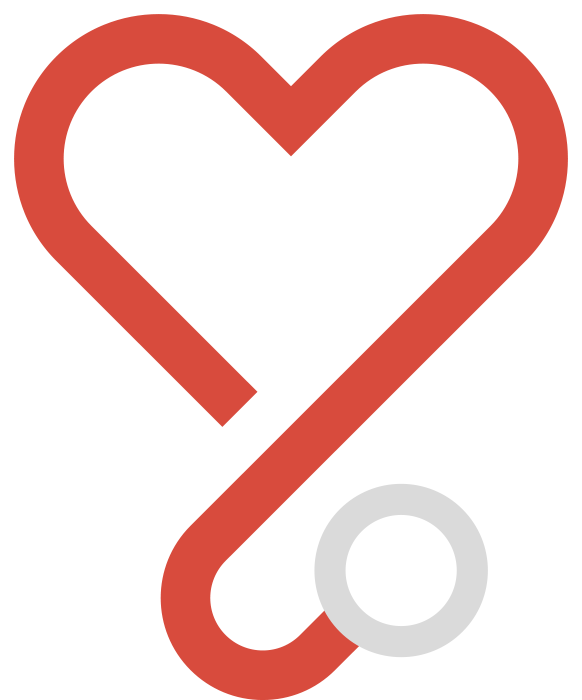
Exercise always carries the possibility of injuries. Especially with high impact activities which place strain on the joints and muscles. Remember to consult your doctor if you want to start an exercise program when you haven’t exercised recently. This is even more necessary if you have conditions like diabetes, high blood pressure or heart problems, have breathing difficulties, experience pains in your chest, smoke or are over forty.
When you have an exercise plan set out, remember a few things to minimise the risk of injury.
Warming up and down
Warming up and warming down are essential parts of anything more than a light exercise routine. Before you begin, five to ten minutes of light-moderate activity will get your muscles working before you move onto heavier portions of your program, cycling, skipping or jogging are all good options for this.
Then appropriate stretches will reduce the chance of muscular injuries. If you do not know how to stretch properly then there will be information available at your gym if you have one or from your doctor. Stretching is important and many injuries come from people skipping this step.
Warming down is also an important part of the workout. Another five to ten minutes of light activity will help your muscles relax properly avoiding cramps and strains, and allow your heart rate to come back down to its usual level.
Don’t push too hard
Your body changes to be more suited to the activities you do. Muscles and joints adapt to the changes in your routine but they do so slowly. Begin at a lower level, slowly increasing the duration and the intensity of the routine, as well as their frequency. Recommendations are for half an hour of moderate activity five times each week for average adults. If you are overweight then these should be more like forty five minute to an hour exercise sessions, with the same frequency.
You don’t have to jump straight in at this level though, try to stick to the five times a week, but maybe begin with shorter sessions and gradually build up until you are doing the recommended amounts.
Technique
Injuries often come from exercises simply being done wrongly, so they put strain on muscles and joints in ways which they are not designed to handle. If you go to a gym then the staff there should be able to advise you on proper technique to allow you to exercise not only safely but efficiently. There will often be guides on equipment itself or the walls nearby and if not, or if you do not use a gym, then your doctor can give you advice or refer you to someone who can.
Equipment
Being properly dressed is important. Don’t make yourself uncomfortable or even cause yourself pain by dressing inappropriately. Wear clothing which is suitable for the activities you are doing and take care to make sure it fits properly, having the right clothing may be of no benefit at all if it is the wrong size.
If you get injured
Don’t ignore pains, they are your body’s way of telling you something is wrong and that it is damaged. Slight pain may indicate that your technique is wrong whereas anything more could be the start of a major injury. Pushing through pain and continuing may sound very commendable but this is exercise, not a trek through the Himalayas and a minor injury can quickly become a major one if you ignore it.
If you are injured, seek medical advice, either from your doctor or your gym may have a physiotherapist on hand who can give advice. You may need to just rest the area or it may require some form of treatment, either way you should not just carry on and risk doing greater damage.
